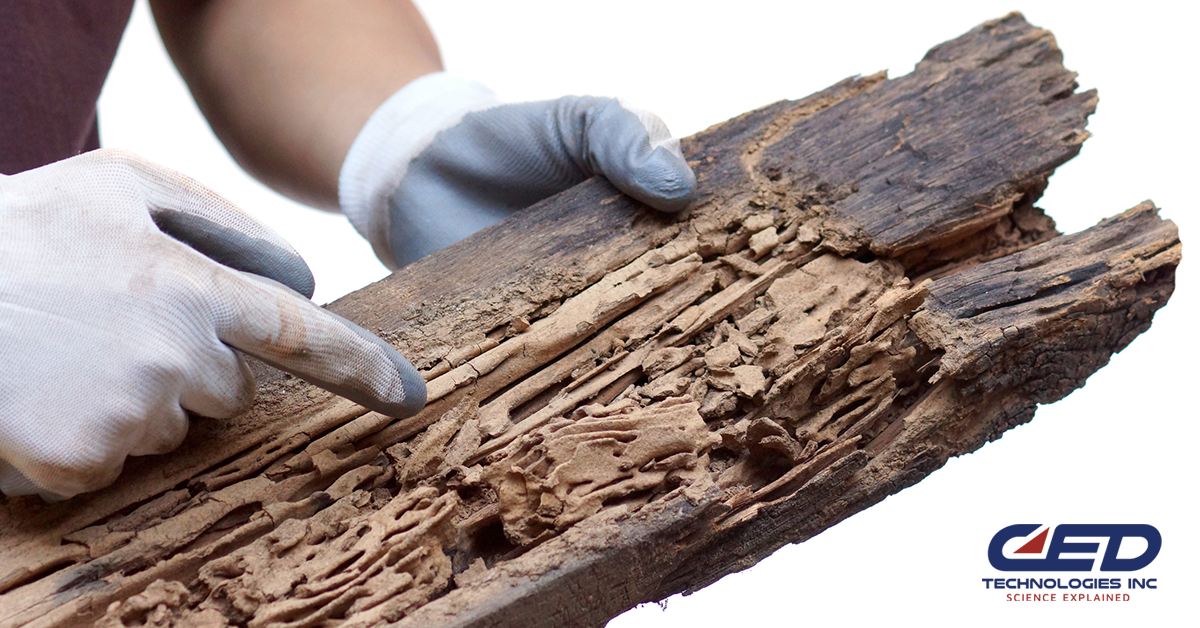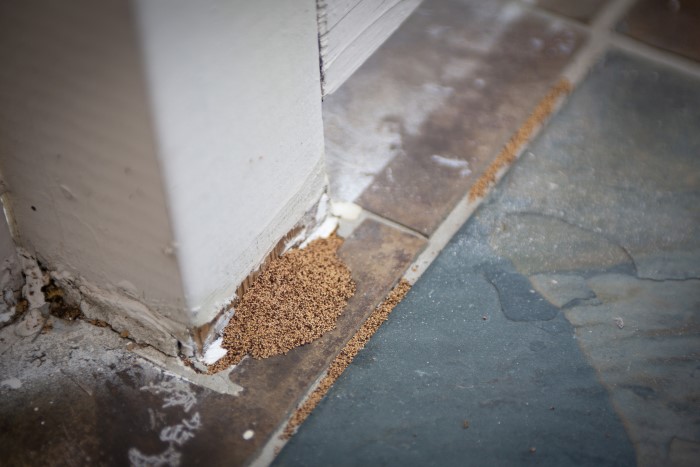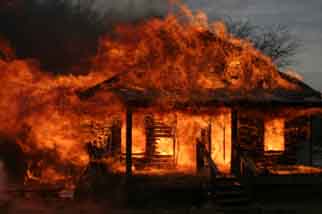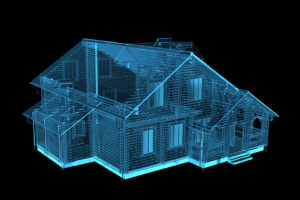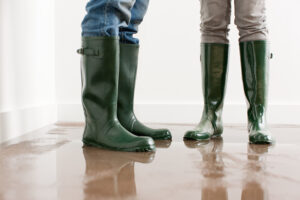Our homes are our havens, our refuge, and many times, our greatest investment. With warm weather here to stay, more homeowners are spending time outside beautifying their property and seeing where their homes could benefit from a little TLC. It’s always important to spot small issues and take care of them before they turn into major problems. Looking around the foundation of your home, inspecting any area where a vertical surface meets a horizontal surface might show you one insidious issue.
Dry rot and termites damage the wood on a home in substantial ways that, if left untreated, could cause structural damage that can cost thousands of dollars. The EPA estimates that structural damage repairs in the U.S. are in excess of $5 billion a year. The issue is figuring out which of the two is causing the problem.
Termite Damage vs. Dry Rot
If you spot cracks or fissures in areas where wood touches the ground, where a deck attaches to the home, or on wooden windowsills, you may have dry rot. If the wood in these same places looks wavy or has areas that appear to be hollowed out – or you see branch-like formations made from mud running up your foundation, called mud tubes, you may have termites.
Dry rot is caused by a certain fungus, whose spores land on wood. If there is enough moisture for the fungus to thrive, it feeds on the wood and weakens it. Even though the name implies the rotting wood is dry, it’s quite the opposite – dry rot needs a water source or moisture to survive. You may see white or grey growth on the wood, and even a mushroom-like body, if it has advanced. The wood may be blistering, cracking, or the paint may be peeling. You may even see green algae on the wood.
Since this fungus creates channels in wood, it is easy to mistake the damage for termite damage. Termites create channels in wood as well, but the main difference is that the fundamental integrity of the wood stays intact around the termite channels, unless of course the termite exposure is excessive. Also, the presence of moisture damage is not necessary. When the wood gives way, it is because the termites have eaten through so much of the wood that there isn’t enough left to support weight. Another indication of termites is frass – piles of droppings that look like sand, or small pellets, pushed out of the nest as they consume wood.
What can you do?
A structural engineer can make the determination of whether damage to a home is caused by dry rot or termites and recommend whether the situation calls for repairs or replacement. This is exactly the reason you want a professional inspection if you have concerns – CED engineers can properly determine the issue and steer you to the correct next steps, saving your home and your sanity.
Click Here To See Our Full List of Experts Click Here To Submit an Inquiry about a possible Claim or Case.
